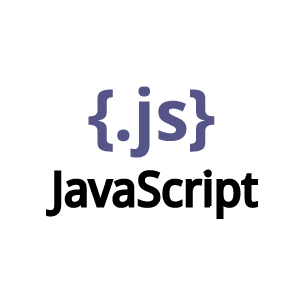
In the JavaScript tutorial, we will learn about JavaScript basics, which is scripting and lightweight interpreted programming language it helps to create dynamic web pages. Basically, It facilitates the development of excellent front-end and back-end applications using JavaScript-based frameworks such as jQuery, Node.JS, and others.
Note: HTML and CSS give your page structure and style, while JavaScript controls how your page behaves.
Prerequisites:
In this tutorial it is presumed that you have to learn HTML and CSS or have a basic understanding of them before moving into depth.

JavaScript Basics – Background
In 1993, the world was first introduced to web browsers, and to make them more dynamic, Netscape introduced Glue Language in 1994. This language was designed to help programmers in designing web pages. In 1995, Brendan Eich intended to implement programming languages, but before him, Sub Microsystems added Java into its navigator.
Netscape named this language JavaScript because Java and scripting were the most famous languages at that time. In May of 1995, the name was changed to LiveScript, but due to trademark reasons, it was renamed JavaScript.
Features of JavaScript
JavaScript is a lightweight, object-oriented, and open-source scripting language that uses objects instead of variables to carry out operations. It is case-sensitive and easily rewritable. It is an interpreted language, which means it does not need to be compiled to run. It contains many built-in functions such as Number() and isNAN(), and it is supported by all operating systems and web browsers.
Purpose of JavaScript
The purpose of JavaScript is as follow:
- For making an interactive website
- For the validation of client-side
- It is used to display time and date.
- It is used for the drop-down menu.
- It is used to display dialogue boxes and clocks.
- It is used to display pop-up window,
Limitations of JavaScript
JavaScript has limitations on the client side, including not allowing file reading and writing due to security concerns and not supporting multi-threading or multiprocessing. It also lacks networking support, making it unsuitable for networking applications.
Engine of JavaScript
JavaScript can execute not only in the browser but also on the server or any device that has a JavaScript engine. The browser has an embedded engine, sometimes called a “JavaScript virtual machine.” Different engines have different codenames, such as V8 in Chrome and Opera and SpiderMonkey in Firefox.
How does it work?
The engine (embedded if it’s a browser) reads and parses the script, then compiles it to machine language. The machine code runs quickly, and the engine applies optimizations at each step of the process. It even watches the compiled script as it runs, analyzes the data that flows through it, and further optimizes the machine code based on that knowledge.
Languages compatibility
There are several languages compatible with JavaScript, including CoffeeScript, TypeScript, Flow, Dart, Brython, and Kotlin. CoffeeScript introduces shorter syntax for clearer and more precise code, while TypeScript adds strict data typing to simplify the development and support of complex systems. Flow also adds data typing but in a different way. Dart is a standalone language with its own engine that runs in non-browser environments but can also be transpiled to JS. Brython is a Python transpiler to JavaScript that enables the writing of applications in pure Python without it. Kotlin is a modern, concise, and safe programming language that can target the browser or Node.
Advantages
JavaScript is a client-side scripting language developed by Brendan Eich. It can be run on any operating system and almost all web browsers. To write JavaScript code, you need a text editor, and to display your web page, you need a browser. As a scripting language, it cannot run on its own, and the browser is responsible for running its code.
JavaScript is an essential language for front-end web development and is widely used in the industry. It is a versatile language that overcomes the disadvantages of VBScript, which is limited to IE and Windows. All modern web browsers support it, making it an excellent language to learn for both beginners and experienced developers.
Note: JavaScript and Java are entirely different languages in terms of both concept and structure.
